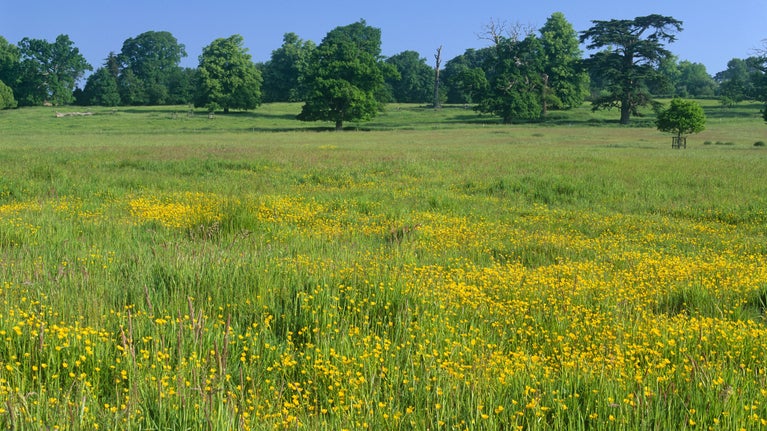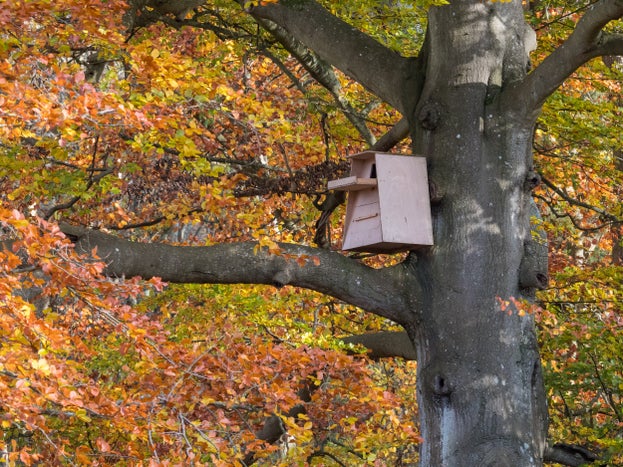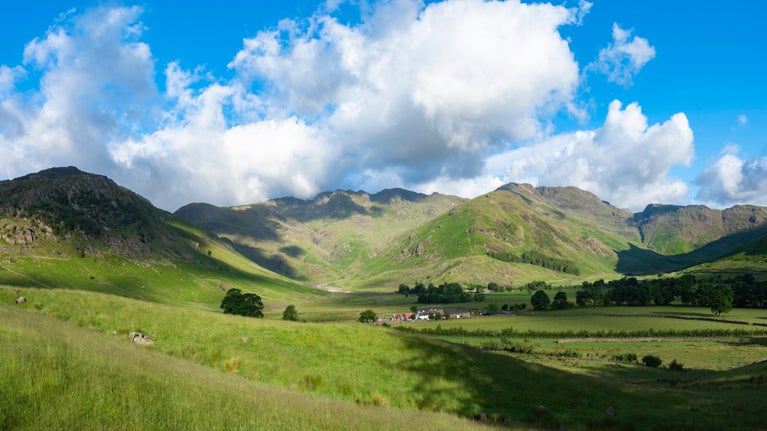November 2025
Winter wetlands
November has seen the beginning of Coleshill’s Home Farm sites nature improvements. Dave, our project ecologist, has made four House Martin nest boxes ready for instillation, so look out (and up!) for these in the coming months. The bug hotel has also been completed by members of the public, and we are planning on adding more to our orchards in the future.
This winter, we are changing and diversifying our estate wide walking routes. To get the latest updates on these, keep an eye out on our main Buscot and Coleshill website.
The increase in rain over the last month has seen our wetland habitat mosaics at Coleshill becoming alive with wildlife again. If you’re visiting Coleshill Parkland, look out for over-wintering and wading birds.


















